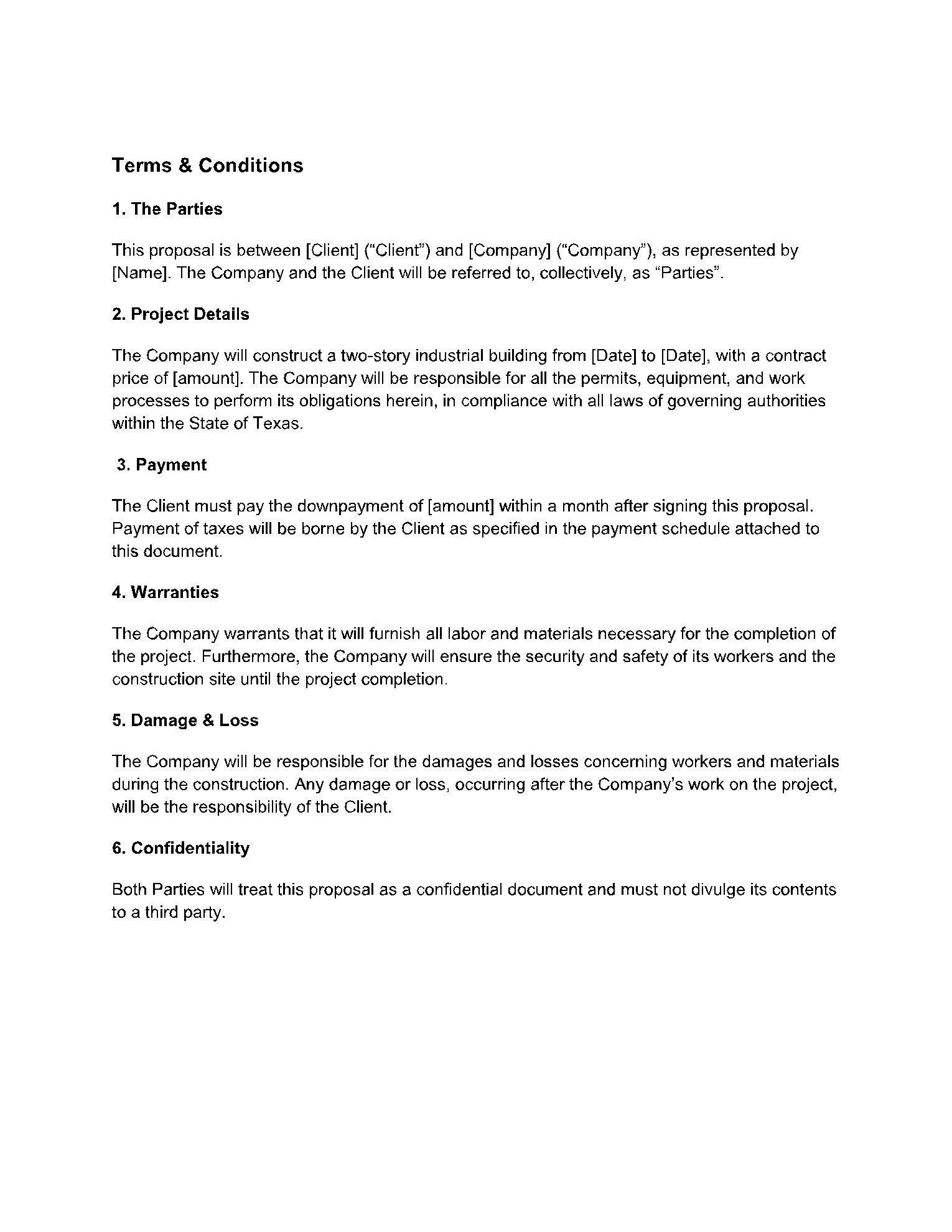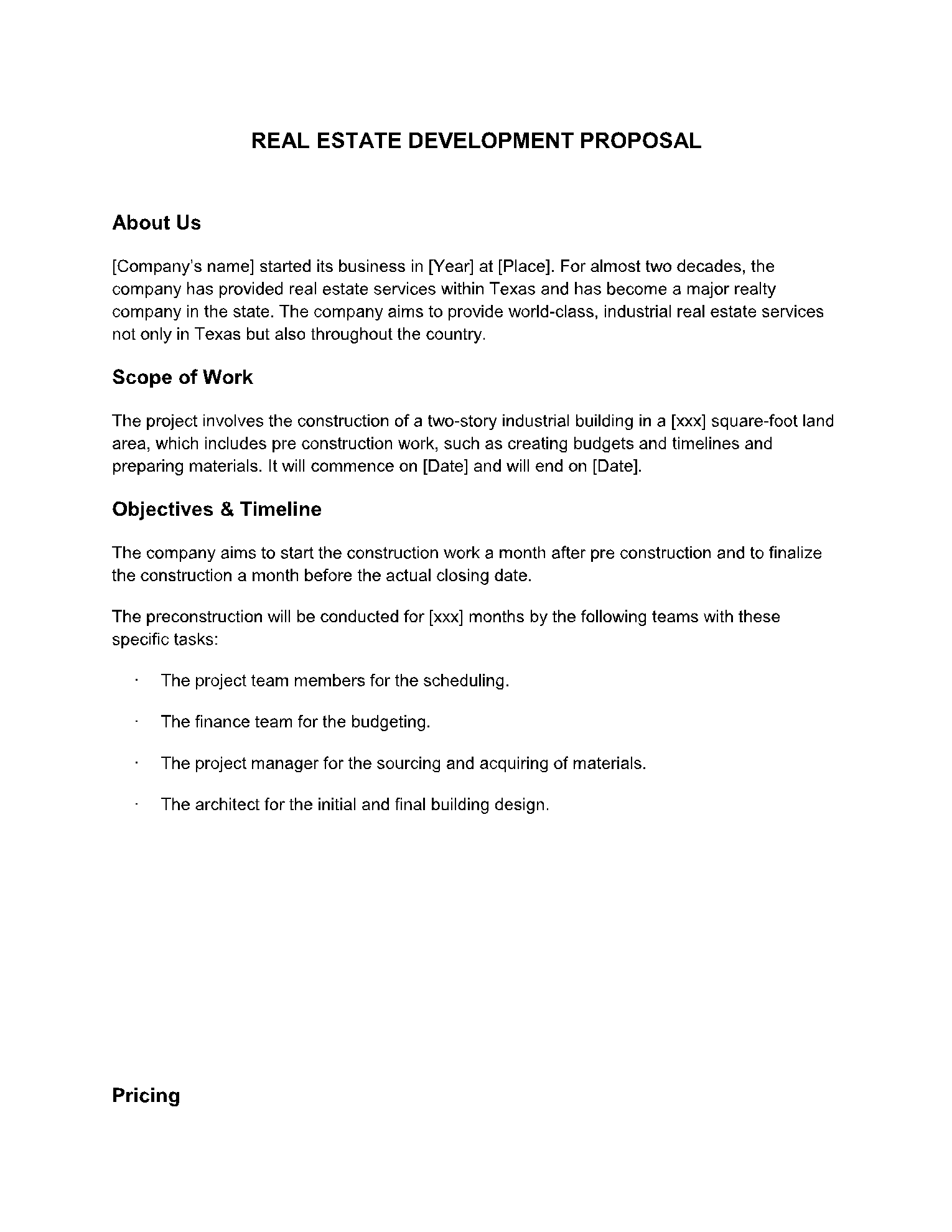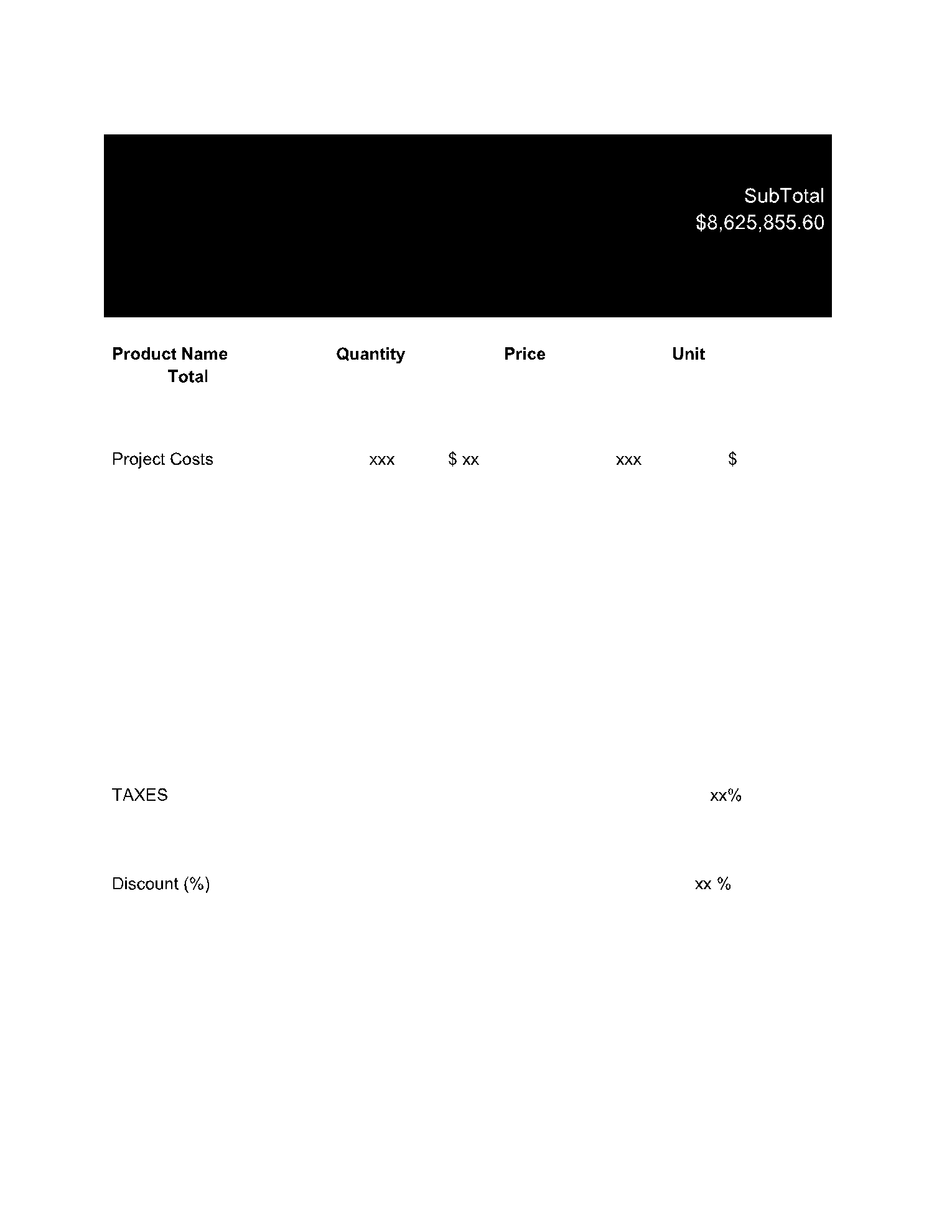Real estate comprises many activities ranging from the renovation and release of existing buildings to the acquisition of raw land and the sale of developed land to other buyers.
What Is a Real Estate Development Proposal?
Proposals are convincing sales tools. They give clients compelling reasons to choose you instead of anyone else. A real estate development proposal will cover your proposed project for the development of any particular property or site.
It includes all the details including the site location, ownership, financial analysis, future of the property, construction, and risks analysis. For a more convincing proposal try to add all the possible aspects related to the property to make your proposal unique.
Analyze the finance, discuss the possible constructions and developments on the property in the near future. But simplicity is the key to success for a reason, the brief the proposal, the more chances for it to get approved. Be simple and catchy at the same time.
What Should Be Included in a Real Estate Development Proposal?
Start your proposal with an outline, an appealing one, because that outline will make your client go to the details. Summarize everything you want to deliver before getting to details.
- Define the Property to the Client: The first part of the proposal should introduce recipients to the site, make sure to mention the property street, city, state, and zip code.
- Challenges for the Site: After discussing the challenges, suggest a developmental solution to those challenges. Assure the client that you understand their issues. Analyze that developmental plan feasibility. Discuss how those plans briefly but professionally. This will get you more attention from the client.
- Aerial Location Analysis: Mention details about the considered development of the site and provide an aerial view of the site from Maps to the template.
- Ownership Analysis: Add details about the property’s ownership history.
- Adjacent developed properties: list the noticeable properties nearby, and give valid points to the client for approving the site.
- Economic Profile: showcase your profile, your previous work to the client.
- Construction: your proposal for the whole construction process.
- Management: describe how you are going to manage their project.
- Financial analysis: along with taxes, mentions all the budget during the process.
- Possible risks: the property could face.
- Final Conclusion: keep it brief and describe why you feel the property to be considered.
Review each section of your template before sending it to the client to ensure that your data is formatted and presented correctly.
Conclusion
This is how a real estate development proposal is created. Keeping in view all the facts and figures and discussing them all briefly without creating any mess. You need to understand the requirements of your client in order to get yourself approved.
Try CocoSign to get ready to print customizable free templates. This will help you save your time and provide you an unapologetic experience.


